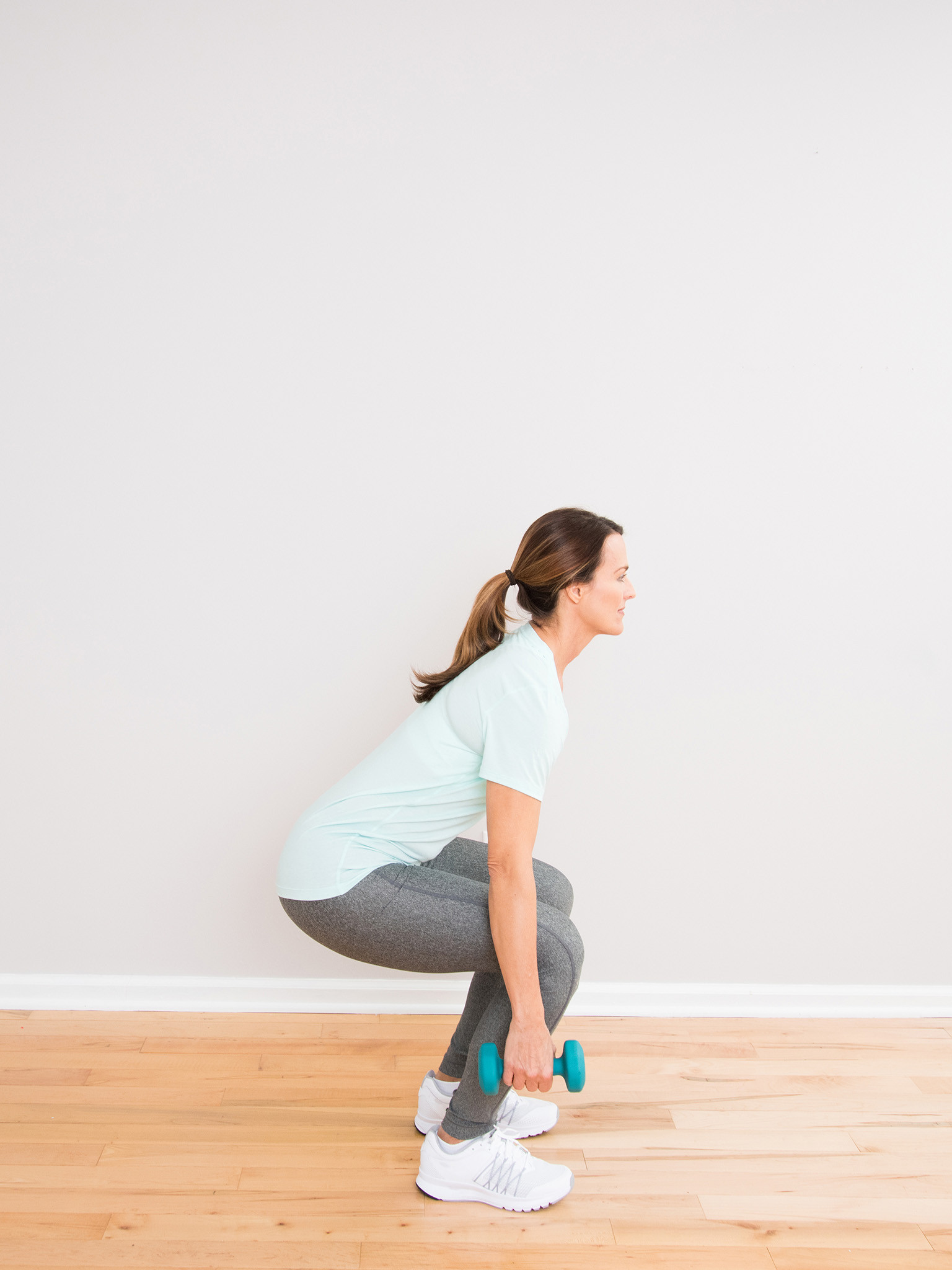Contents
Guide
Introduction
Were all ageing, but not necessarily at the same rate. Have you ever wondered why one 70-year-old finds it difficult getting out of bed in the morning, while another is running half marathons? More often than not, its because the marathon runner has kept all the parts of his or her body moving on a daily basis. Thats what functional training is all about engaging all parts of your body so you can still perform everyday activities with efficiency, no matter what your age.
So what is your goal? Maybe you want to be able to pick up your grandchildren with ease, start swimming again, or take those long walks you used to enjoy. Whatever it is, the moment you realize the direct correlation between improving your fitness and improving your life is the moment you will find all the motivation you need to stick to a fitness programme. The functional training method is the key to staying fit and active for life.
Use this book to future-proof your body with 62 step-by-step exercises (each with modifications to meet your ability level), 20 unique workout routines, and 3 easy-to-implement, one-month fitness programmes. Stay Fit for Life will empower you to do more of the things you love with confidence and ease for years to come.
Why train functionally?
By mimicking the way your body naturally moves, functional exercise strengthens your bodys connections so you can move with ease and confidence, and continue to do the things you love as you age.
Prepare for daily life
Improving your bodys efficiency through functional exercise lets you perform your daily activities more safely and substantially reduces your risk of injury as you age.

Improved posture
Functional training restores your body to its natural, upright state by improving flexibility in the spine, chest, and hips, while strengthening the back and glutes.

Greater strength
Strengthening your muscle groups makes it easier to perform daily tasks with more confidence and less pain. For example, functional training teaches your muscles to safely and effectively lift a heavy box.

Increased stability
Training your core with full-body movements improves balance and reduces the risk of falling. Strengthening the abdomen and back stabilizes your torso and gives you better control of your arms and legs.

Better mobility
Functional exercises enable you to move more freely and smoothly by increasing the range of motion of joints, improving flexibility, and helping you perform actions such as reaching and bending.

More endurance
Dynamic movements improve both cardiovascular and muscular endurance, which reduces your risk of developing chronic diseases, helps you control your weight, and preserves heart and lung health.

Functional exercises such as the Windmill engage your whole body to help you improve in the five functional areas.
IMPROVES
 Posture
Posture
 Strength
Strength
 Stability
Stability
 Mobility
Mobility
 Endurance
Endurance
The benefits
Each exercise in this book tags the functional areas that it benefits in the Improves box. Follow a fitness programme to grow in all five areas.
The foundational movements
The human body can lift, flex, twist, and stretch in seemingly countless ways, but human movement can be distilled into five foundational types of movement: locomotion, pushing, pulling, rotation, and raising and lowering. Functional exercises require multiple joints and muscles to work together in the same way your everyday activities do, which improves your efficiency in these five movement patterns. A simple task such as picking up shopping bags involves your ankles, knees, hips, core, shoulders, and elbows; functional training mimics movements like this to help make everyday activities easier and safer to perform.
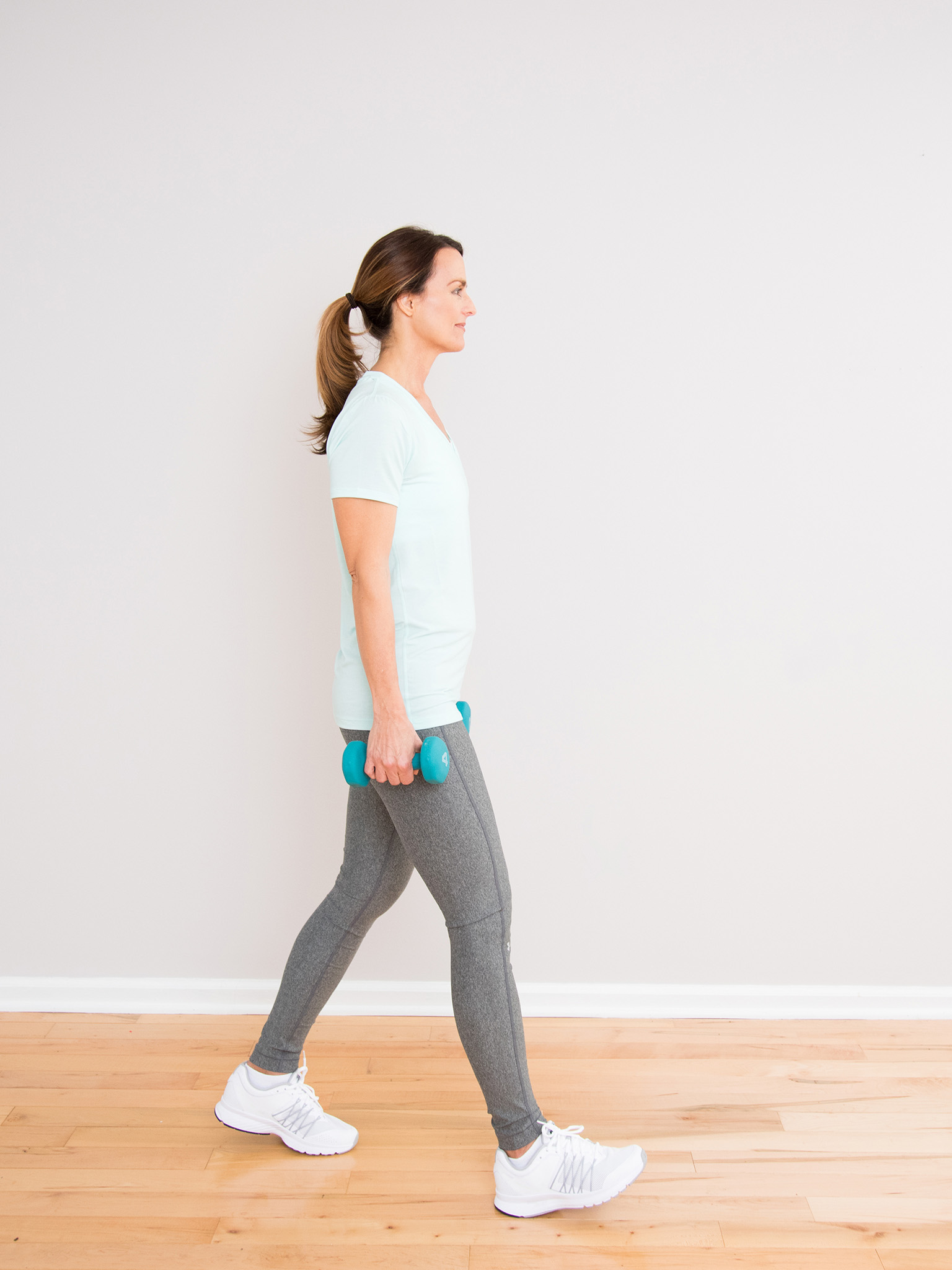
Locomotion is the ability to move your body from one place to another. Activities such as walking, running, or climbing stairs all require locomotive skills.
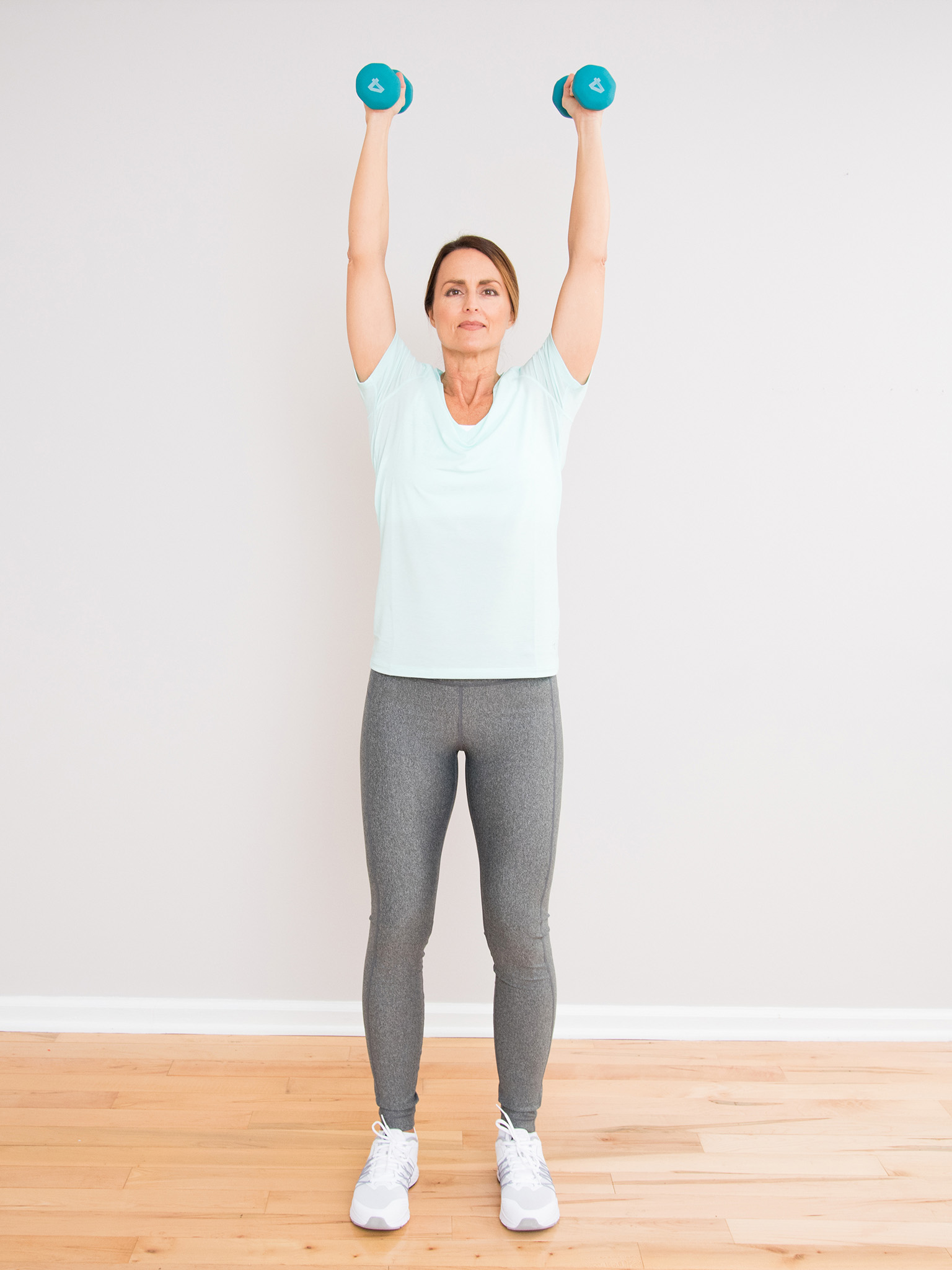
Pushing involves activities that take your arms away from the body. Activities such as digging or moving a trolley full of shopping require efficient pushing.
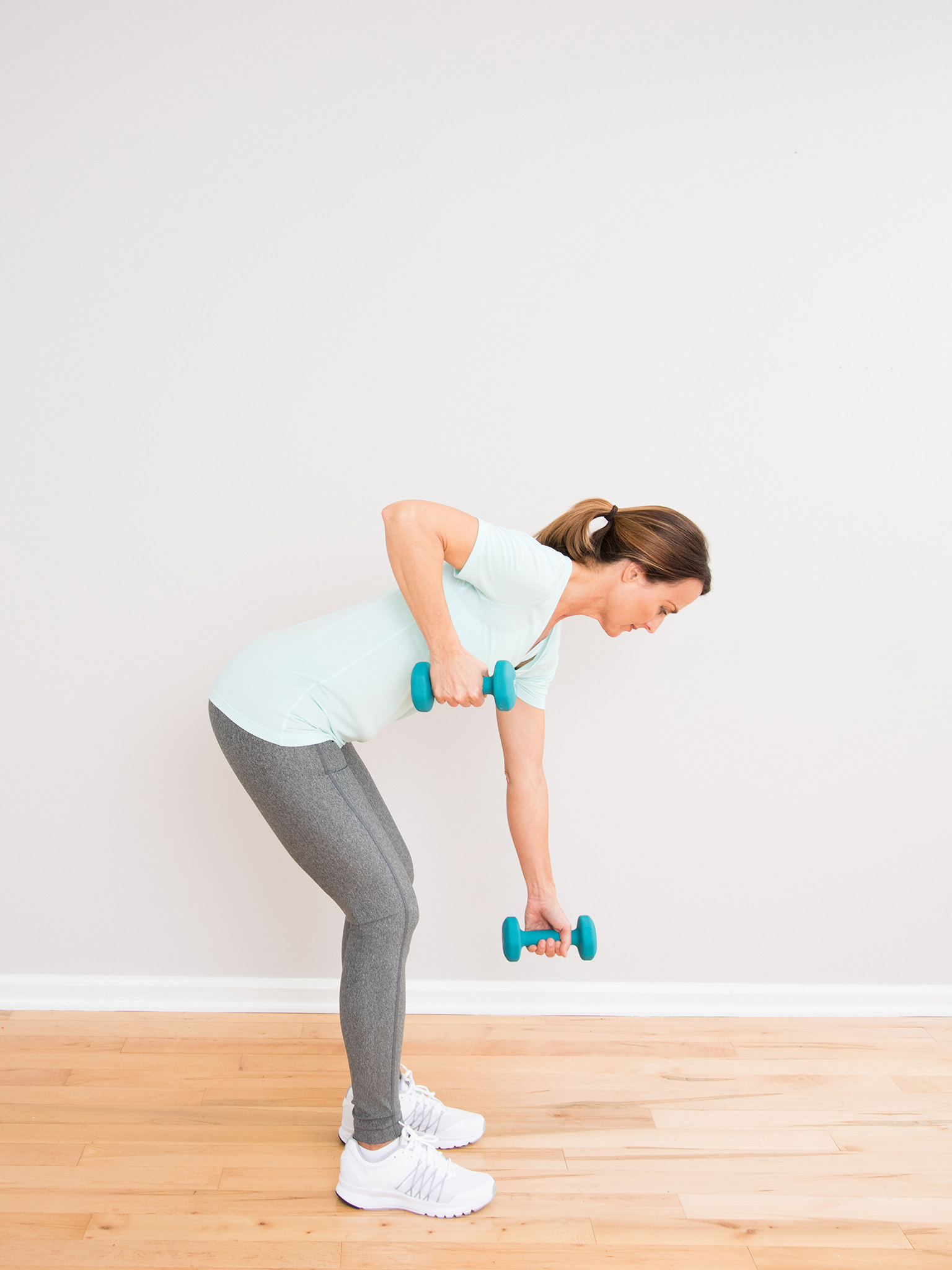
Pulling brings your arms towards your body or pulls your centre of mass towards an object. Examples include starting a lawn mower or pulling your chair up to a desk.

Rotation requires the upper body to move in opposition to the lower body by twisting your hips and core. For example, swimming and throwing both use rotation.

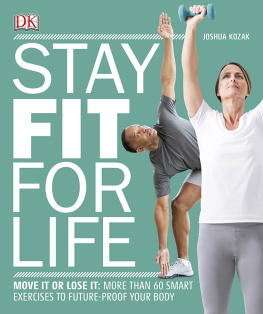



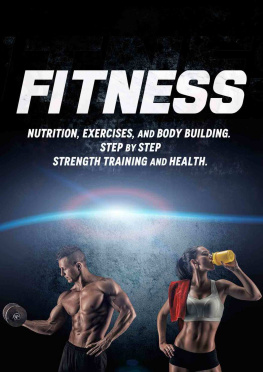
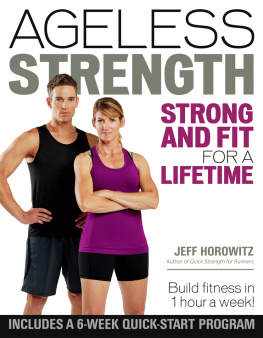



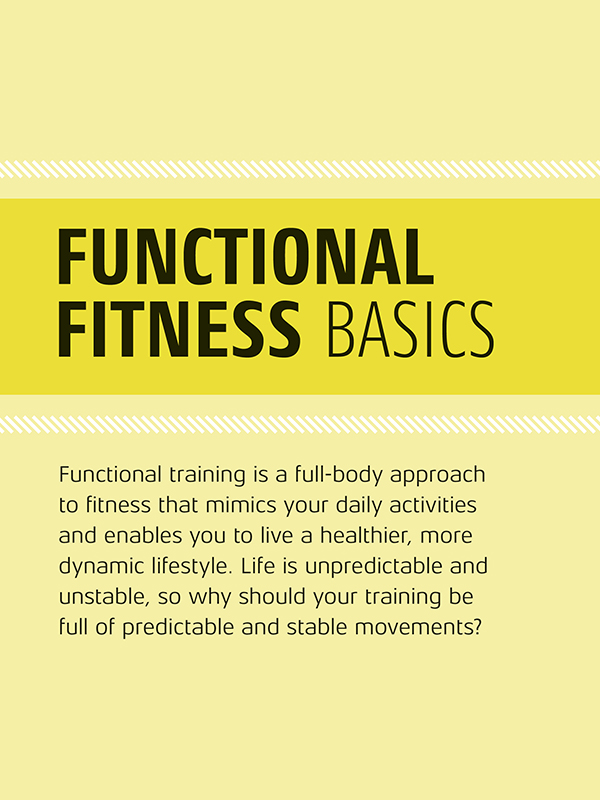
 Improved posture
Improved posture Greater strength
Greater strength Increased stability
Increased stability Better mobility
Better mobility More endurance
More endurance




